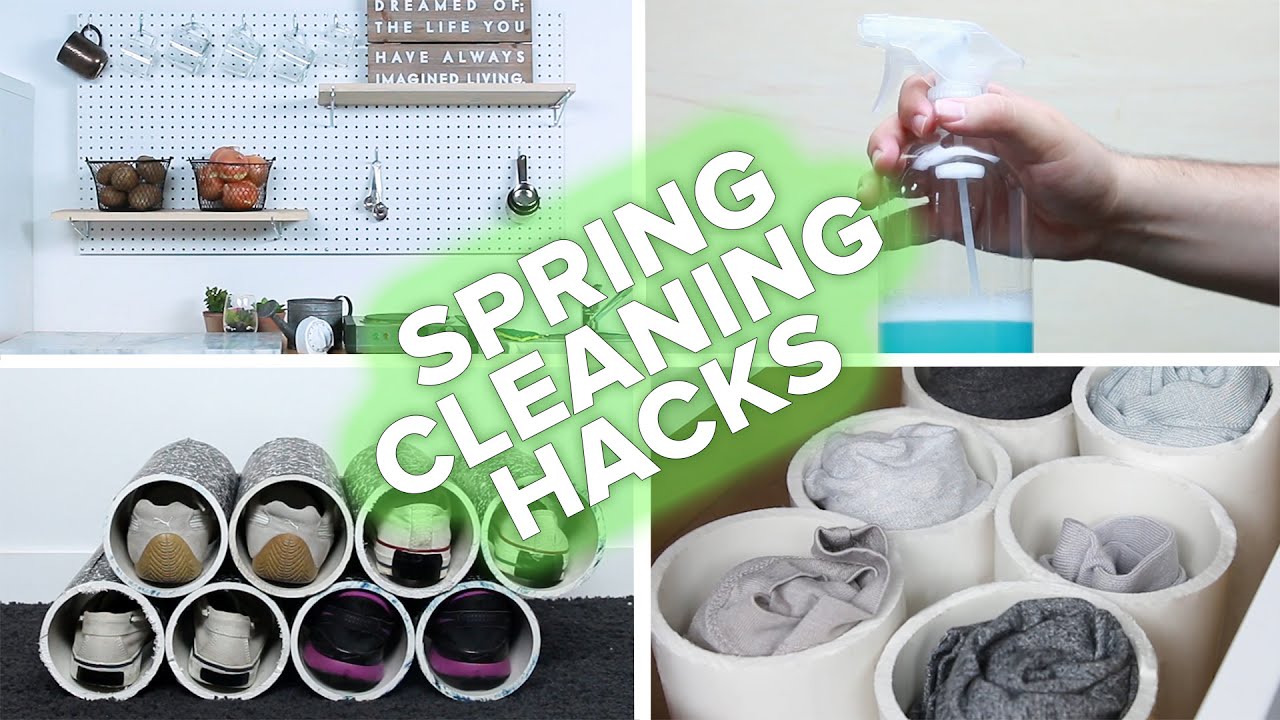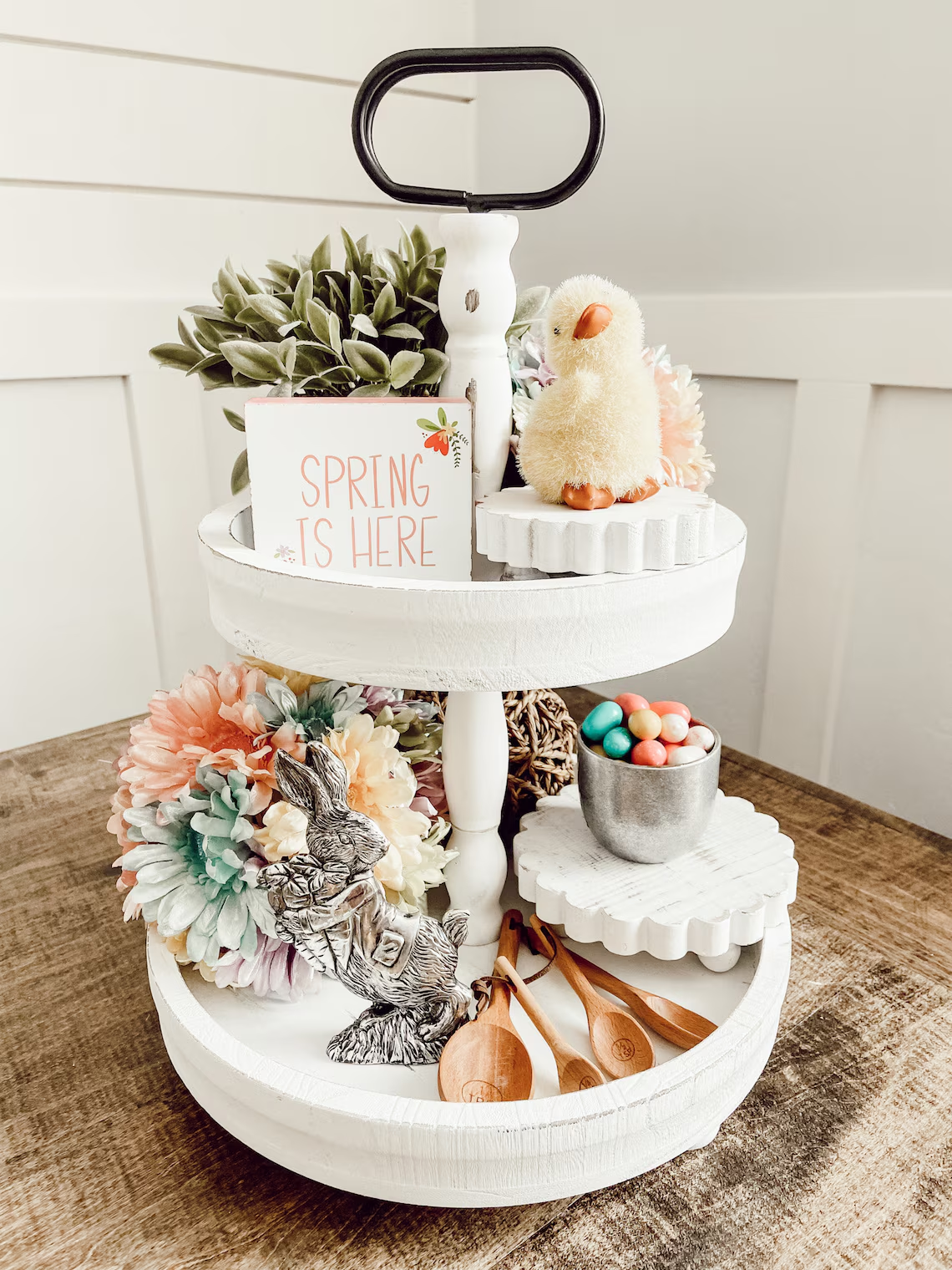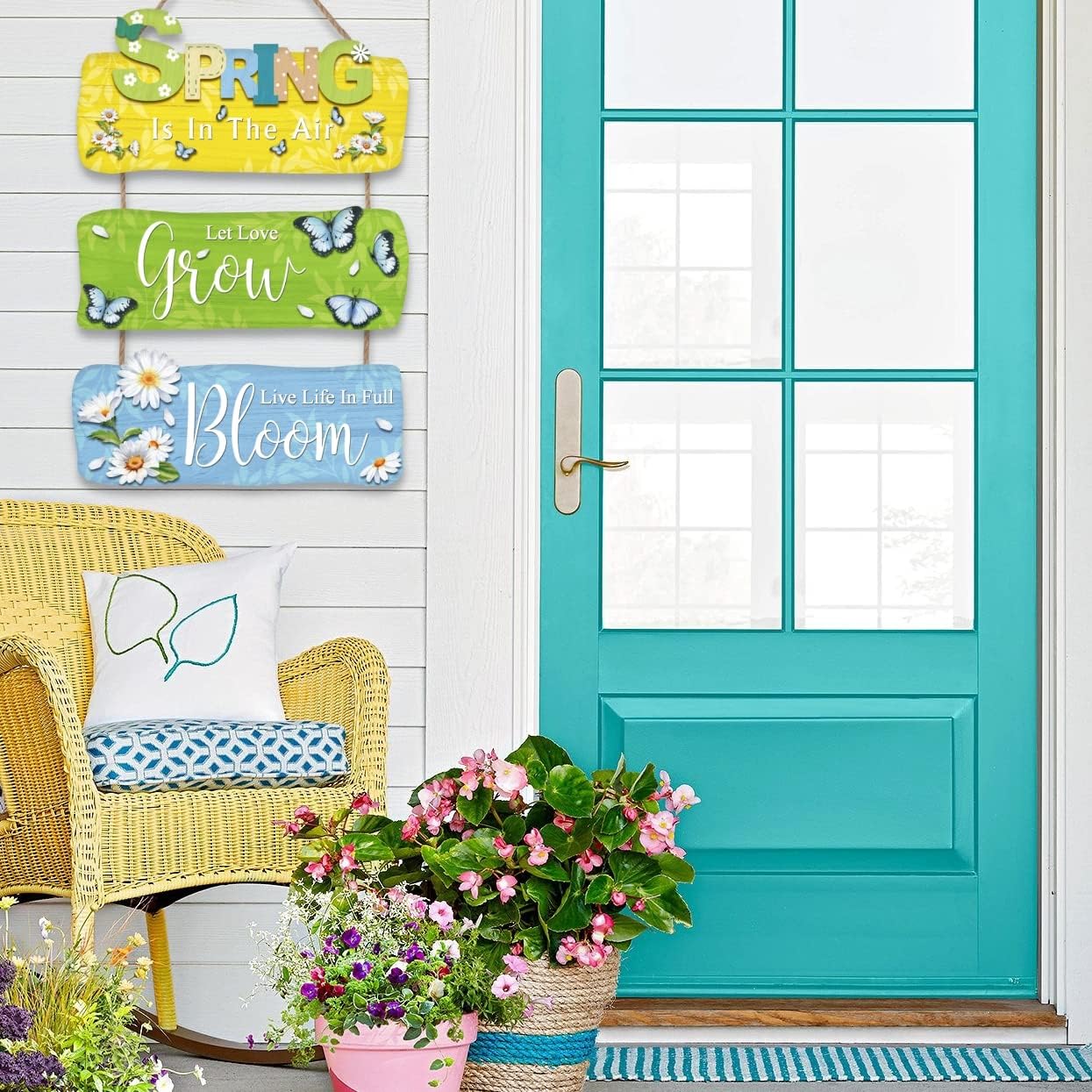25 Spring Cleaning Hacks You’ll Love
Spring Cleaning Hacks ;Spring cleaning is more than just an annual tradition—it’s an opportunity to refresh your home and mind. A clean, organized space can reduce stress, improve productivity, and create a healthier living environment. However, the process can feel overwhelming without the right approach. These 25 clever hacks will help you clean smarter, not harder, making the entire experience more efficient and even enjoyable. Section 1: Decluttering & Organization Hacks 1. The 12-12-12 Rule The 12-12-12 rule is a quick and easy way to declutter your space. Identify 12 items to throw away, 12 to donate, and 12 to put back where they belong. This method works well because it adds structure to what can otherwise feel like an endless task. By setting a limit, you make decluttering feel manageable and satisfying. Implementing this rule regularly prevents clutter from piling up over time. It’s particularly useful for tidying up common areas like the living room or kitchen. You can even make it a fun challenge with family members to see who can complete their 12-12-12 task the fastest. Keeping a designated donation box in your home makes this hack even easier to maintain. 2. Use the “One-Year Rule” If you haven’t used an item in over a year, it’s time to let it go. This rule applies especially to clothing, gadgets, and miscellaneous household items. If you’re hesitant, place items in a box and revisit them in a few months—if you don’t miss them, they can go. This mindset shift helps break the attachment to unnecessary belongings. Applying this rule consistently prevents unnecessary clutter from accumulating. Many people hold onto things “just in case,” but in reality, most of these items never get used. Donating gently used belongings to charities helps others while making your home more spacious. A decluttered space feels lighter, reducing stress and making cleaning easier. 3. Sort by Category, Not by Room Instead of cleaning room by room, tackle categories like clothing, books, or kitchenware. This method, made famous by the KonMari technique, prevents redundant sorting and ensures thorough organization. Gathering similar items together allows you to see exactly how much you own. It also makes it easier to decide what to keep and what to discard. For example, instead of organizing each bedroom separately, gather all clothing from around the house in one place. Seeing everything together helps you recognize duplicate or unused items. This approach also keeps decluttering focused, preventing you from jumping between rooms and getting distracted. By working through one category at a time, you’ll achieve more lasting results. 4. The “Catch-All Basket” Trick Keeping a “catch-all basket” in high-traffic areas helps prevent clutter from spreading. Throughout the day, drop misplaced items into the basket instead of leaving them scattered around. At the end of the day, take a few minutes to return everything to its proper place. This simple habit keeps your home tidy with minimal effort. This trick works particularly well for families with kids who tend to leave toys, books, and small items everywhere. It also saves time since you’re not constantly running back and forth putting things away. A stylish woven or decorative basket blends seamlessly into your décor while serving a practical purpose. Regularly emptying the basket ensures clutter doesn’t build up. 5. Digital Decluttering Spring cleaning isn’t just for physical spaces—your digital life needs attention, too. Start by deleting old files, emails, and apps you no longer use. Organize your desktop and create folders to keep important documents easily accessible. A clutter-free digital space improves productivity and reduces stress. Unsubscribing from unnecessary emails can also help streamline your inbox. Consider using a cloud backup to store essential files, reducing the number of documents on your computer. Managing your digital clutter ensures devices run smoothly and minimizes distractions. Just like physical decluttering, a digital refresh makes everything feel lighter and more organized. Section 2: Speed Cleaning Tips 6. Set a Timer for 10-Minute Cleaning Bursts Short bursts of cleaning make tasks feel less overwhelming. Set a timer for 10 minutes and focus on one area, such as clearing countertops or wiping surfaces. When the timer goes off, take a break or move to another section. This technique keeps cleaning efficient and prevents burnout. Using this method daily maintains a consistently clean home without requiring hours of effort. Over time, these short cleaning sessions add up, reducing the need for deep cleaning marathons. It’s also a great strategy for busy people who struggle to find large blocks of time for housework. By incorporating these quick sessions into your routine, you stay on top of messes effortlessly. 7. Clean from Top to Bottom Cleaning from top to bottom prevents dirt from resettling on already-cleaned surfaces. Start with ceiling fans, light fixtures, and shelves before moving to furniture and floors. This approach ensures dust and debris fall downward, making vacuuming or sweeping the final step. It’s a more efficient way to tackle deep cleaning. Many people make the mistake of cleaning floors first, only to have dust from shelves land on them afterward. By following a logical sequence, you reduce redundant work. This technique is especially useful when tackling areas prone to accumulating dust, such as bookshelves and high cabinets. Sticking to this order saves both time and effort. 8. Multitask Cleaning While Watching TV or Listening to Music Cleaning doesn’t have to feel like a chore—pairing it with something enjoyable makes it more pleasant. Listen to a podcast, play upbeat music, or watch a show while folding laundry or wiping down surfaces. This makes cleaning feel less tedious and more like a productive break. You’ll find yourself getting through tasks faster without realizing it. Studies show that background entertainment can increase motivation for mundane tasks. Choosing an engaging audiobook or playlist can turn a dreaded chore into a fun activity. Additionally, movement and light cleaning can serve as a form of low-impact exercise. By integrating cleaning with entertainment, you make it a habit rather than a dreaded … Read more






